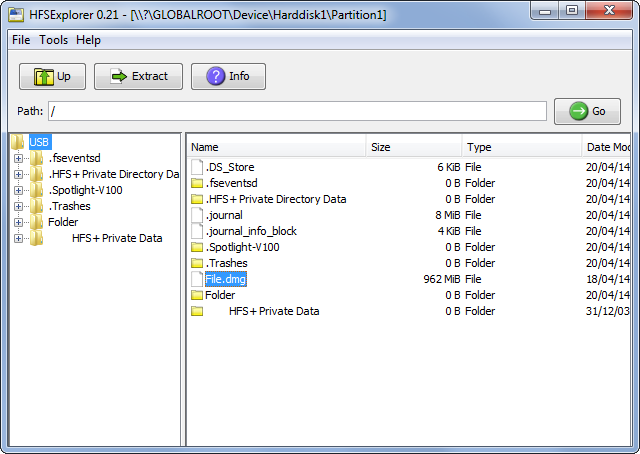


How to format a hard drive on Mac. Formatting a hard drive for Mac isn’t rocket science, but I wouldn’t let your neighbor’s first-grader do it for you, either. Here’s how to format a hard drive on Mac: Start up your computer and log in. Open Finder, click the Go drop-down menu, and select Utilities. Then select Disk Utility. Follow these steps for using a PC formatted hard drive on Mac. Drives formatted for Windows will need to be reformatted before use on macOS or OS X. Connect the hard drive to your Mac. Open Disk Utility on the Mac machine. Select View Show All Devices. Chose the storage device to be formatted in the sidebar and click Erase.
Or it might be that you bought a drive to use with your Mac only to discovered it is pre-formatted for Windows. Fortunately Disk Utility, built right into MacOS, can help. And it's easy to use too. When you plug a drive that's been formatted for Mac into a Windows PC, you may find that it isn't readable. This is because Mac uses the HFS+ format natively, whereas Windows uses ExFAT or NTFS. One simple way to make the drive readable on both platforms is to format it to ExFAT, which both operating systems can understand. This will erase all contents on the disk, however, so.
The latest macOS updates, which can include updates to Boot Camp Assistant. You will use Boot Camp Assistant to install Windows 10.
64GB or more free storage space on your Mac startup disk:
An external USB flash drive with a storage capacity of 16GB or more, unless you're using a Mac that doesn't need a flash drive to install Windows.
A 64-bit version of Windows 10 Home or Windows 10 Pro on a disk image (ISO) or other installation media. If installing Windows on your Mac for the first time, this must be a full version of Windows, not an upgrade.
To install Windows, use Boot Camp Assistant, which is included with your Mac.
Open Boot Camp Assistant, which is in the Utilities folder of your Applications folder. Then follow the onscreen instructions.
When Boot Camp Assistant finishes, your Mac restarts to the Windows installer. If the installer asks where to install Windows, select the BOOTCAMP partition and click Format. In most cases, the installer selects and formats the BOOTCAMP partition automatically.
Unplug any external devices that aren't necessary during installation. Then click Next and follow the onscreen instructions to begin installing Windows.

After Windows installation completes, your Mac starts up in Windows and opens a ”Welcome to the Boot Camp installer” window. Follow the onscreen instructions to install Boot Camp and Windows support software (drivers). You will be asked to restart when done.
Restart, then press and hold the Option (or Alt) ⌥ key during startup to switch between Windows and macOS.
If you have one of these Mac models using OS X El Capitan 10.11 or later, you don't need a USB flash drive to install Windows:
To remove Windows from your Mac, use Boot Camp Assistant, not any other utility.
For more information about using Windows on your Mac, open Boot Camp Assistant and click the Open Boot Camp Help button.
1. If you're using an iMac (Retina 5K, 27-inch, Late 2014) or iMac (27-inch, Late 2013) or iMac (27-inch, Late 2012) with a 3TB hard drive and macOS Mojave or later, learn about an alert you might see during installation.
2. Sims 2 free download mac. For example, if your Mac has 128GB of memory, its startup disk must have at least 128GB of storage space available for Windows. To see how much memory your Mac has, choose Apple menu > About This Mac. To see how much storage space is available, click the Storage tab in the same window.
3. These Mac models were offered with 128GB hard drives as an option. Apple recommends 256GB or larger hard drives so that you can create a Boot Camp partition of at least 128GB.
